World Lizard Day may sound like something a herpetologist cooked up after too many cups of coffee. Still, it is indeed a legitimate holiday that brings attention to these fantastic animals and the organizations doing their part to conserve them.
Ranging from small geckos to enormous monitor lizards, these cold-blooded heroes are in grave danger in the wild, so conservation efforts are more important than ever. The positive news is that committed centers all over the world are coming forward to save lizard species through breeding programs, research, and education.
These facilities are not merely hangouts where reptiles bask under heat lamps. Below is a rundown of 20 incredible conservation centers and zoos that are doing something for lizard conservation and providing tourists with experiences they won’t ever forget.
San Diego Zoo – California

The San Diego Zoo’s Reptile Walk houses one of the world’s most comprehensive collections of lizards, including rare species like the Galapagos land iguanas and endangered rhinoceros iguanas. Their breeding programs have successfully produced offspring for dozens of threatened species, with many animals eventually returned to their native habitats.
The facility’s state-of-the-art, climate-controlled environments replicate everything from desert conditions to tropical rainforests.
Smithsonian National Zoo – Washington, D.C.

The Smithsonian’s Reptile Discovery Center focuses heavily on lizard conservation research, particularly with their successful Galapagos tortoise and iguana programs. Scientists here have pioneered breeding techniques for endangered species like the Anegada rock iguana, helping boost wild populations from near extinction.
Visitors can watch researchers work through viewing windows, making science feel accessible and exciting.
Like Travel Pug’s content? Follow us on MSN.
Australia Zoo – Queensland, Australia
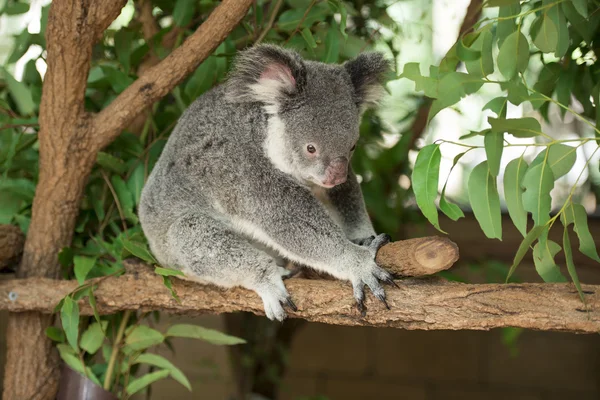
Steve Irwin’s legacy lives on through Australia Zoo’s incredible reptile conservation efforts, including work with endangered species like the Fijian crested iguana. The zoo’s research team collaborates with Pacific island nations to establish breeding programs for species that exist nowhere else on Earth.
Their hands-on educational programs allow visitors to get surprisingly close to monitor lizards and other native Australian species.
Bronx Zoo – New York

The Bronx Zoo’s World of Reptiles building showcases lizards from every continent except Antarctica, with particular emphasis on endangered Caribbean species. Their success with breeding Cuban rock iguanas has helped establish insurance populations for this critically endangered species.
The facility’s naturalistic habitats make you feel like you’re walking through actual ecosystems rather than zoo exhibits.
Phoenix Zoo – Arizona
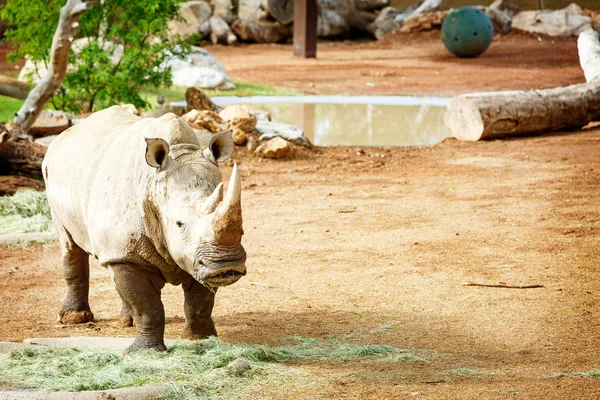
The Phoenix Zoo’s Arizona Trail features native Sonoran Desert species and operates successful breeding programs for endangered desert lizards. Their work with chuckwallas and desert iguanas provides crucial research data for understanding how desert species adapt to extreme conditions.
The facility’s desert botanical gardens create authentic southwestern habitats that support natural lizard behaviors year-round.
Like Travel Pug’s content? Follow us on MSN.
Fort Worth Zoo – Texas
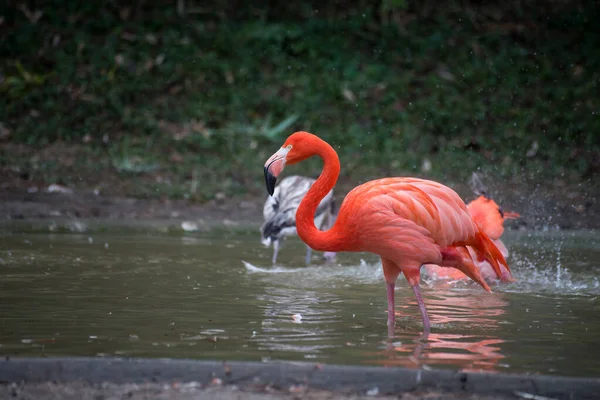
The Museum of Living Art at Fort Worth Zoo specializes in breeding programs for North American desert species, including several endangered lizard populations. Their work with Texas horned lizards has helped restore populations in areas where these spiky creatures had completely disappeared.
The facility’s desert recreations are so realistic that visiting feels like stepping into the Chihuahuan Desert without the scorching heat.
Zoo Atlanta – Georgia
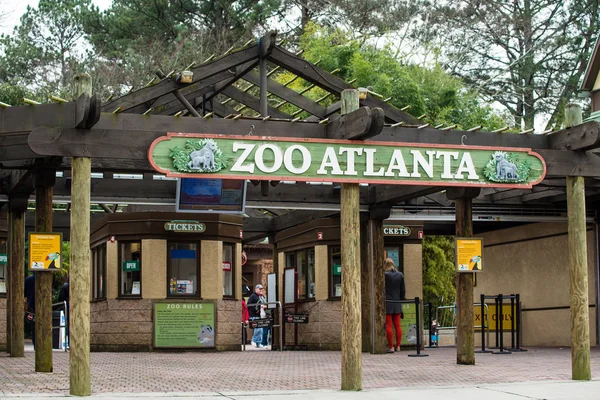
Zoo Atlanta’s herpetology department runs successful breeding programs for Caribbean rock iguanas, some of the world’s most endangered lizard species. Their partnerships with island governments have led to the establishment of protected habitats and reintroduction programs throughout the Caribbean.
The zoo features Grand Cayman blue iguanas and Jamaican iguanas as part of their conservation messaging and education efforts.
Durrell Wildlife Conservation Trust – Jersey, Channel Islands
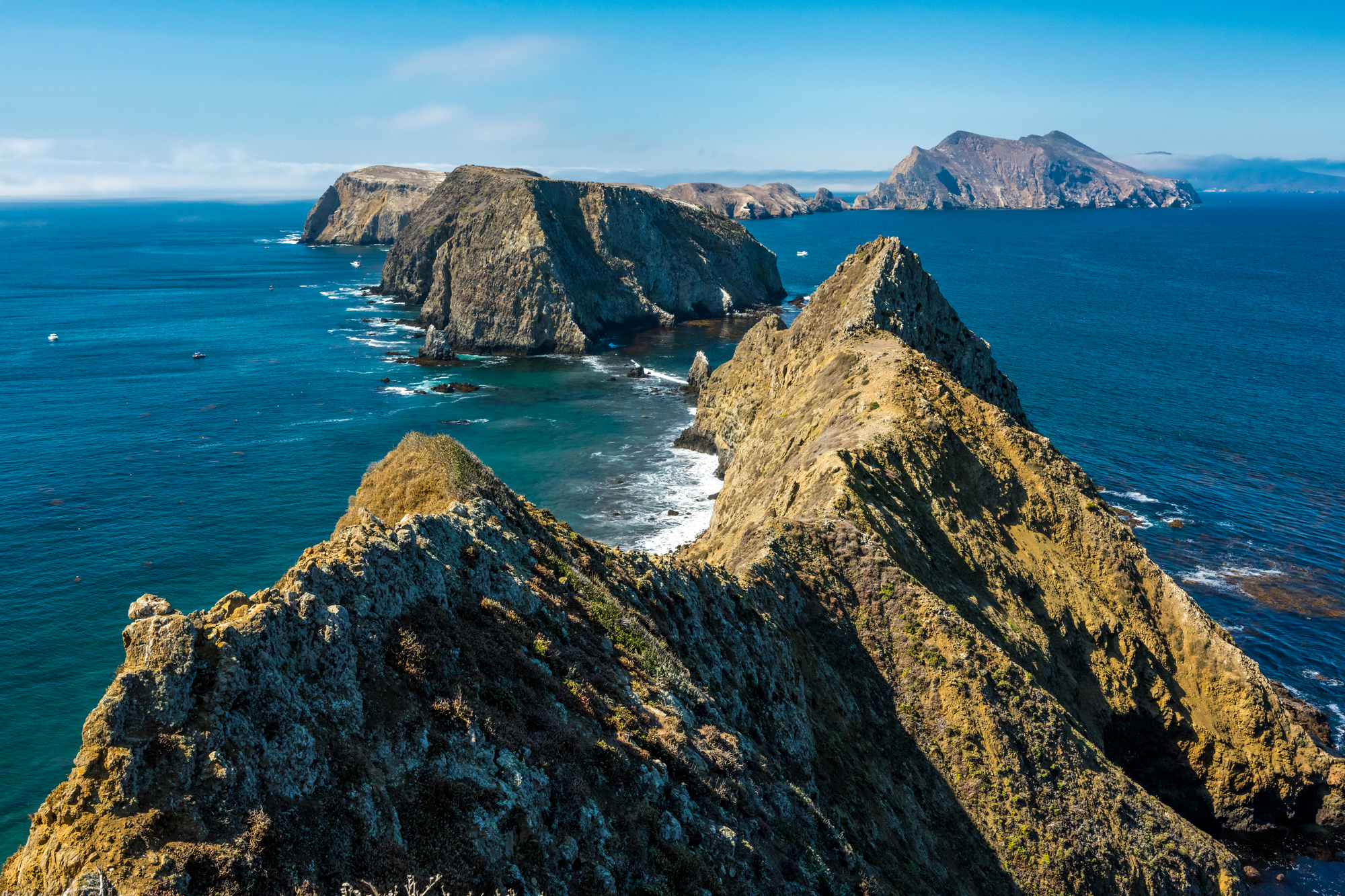
Gerald Durrell’s conservation philosophy continues through this facility’s work with endangered lizard species from islands around the world. Their Round Island day gecko program successfully bred and maintained this endangered species in captivity until 1999, and in 2022, they completed successful translocations of lesser night geckos back to Round Island.
The trust’s field conservation work spans from Madagascar to Mauritius, making real differences in remote locations.
Like Travel Pug’s content? Follow us on MSN.
Los Angeles Zoo – California
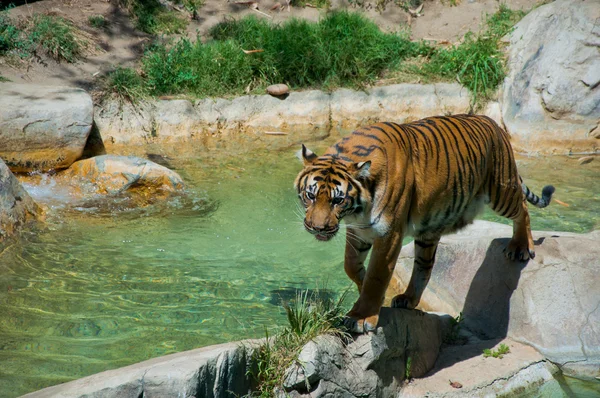
The Los Angeles Zoo’s LAIR (Living Amphibians, Invertebrates, and Reptiles) building houses numerous endangered lizard species with a focus on conservation breeding. Their work with California’s native species helps protect populations threatened by urban development and climate change.
The facility’s research on desert and coastal species provides valuable data for regional conservation planning.
Woodland Park Zoo – Washington

Seattle’s Woodland Park Zoo operates its Reptile Realm Indo-Pacific Islands exhibit featuring Komodo dragons, monitors, and Philippine sailfin lizards. Their diverse reptile collection showcases species from around the Pacific Rim, emphasizing the importance of island conservation.
The facility’s naturalistic exhibits allow visitors to observe natural behaviors in carefully designed environments.
Houston Zoo – Texas

The Houston Zoo’s Reptile and Amphibian House focuses on species from around the Gulf Coast region, including several native Texas lizard species. Their conservation work extends to international programs supporting Central American species threatened by habitat loss.
The facility’s breeding programs have contributed to Species Survival Plans for multiple endangered reptile species.
Like Travel Pug’s content? Follow us on MSN.
Arizona-Sonora Desert Museum – Arizona
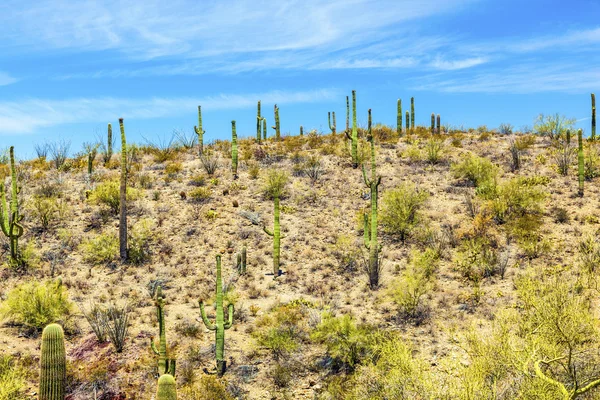
This unique combination of zoo, botanical garden, and natural history museum specializes exclusively in Sonoran Desert species. Their live animal collection includes dozens of native lizard species displayed in natural desert settings.
The museum’s research programs focus on understanding how desert reptiles adapt to extreme temperatures and changing rainfall patterns.
National Zoo & Aquarium – Canberra, Australia

This facility combines traditional zoo exhibits with active field research, particularly focusing on Australian endemic species like the frilled lizard and bearded dragons. Their partnership with Australian universities has produced groundbreaking research on lizard behavior and ecology.
Visitors can observe lizards in habitats designed to encourage natural behaviors, from basking to hunting.
Bristol Zoo – England
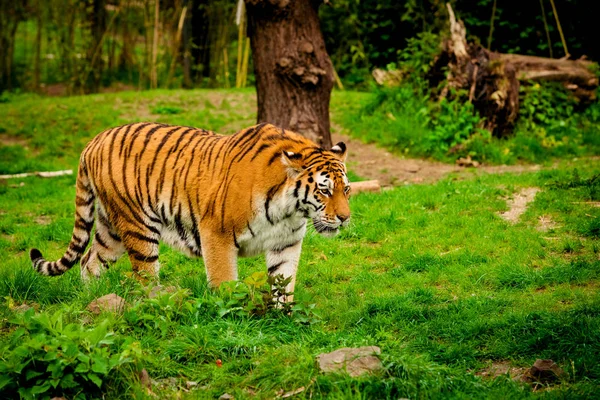
Bristol Zoo’s Bug World and Reptile House showcase reptile species from around the globe with emphasis on conservation education. Their breeding programs focus on European species and contribute to international conservation efforts through zoo partnerships.
The facility’s research initiatives support field conservation projects in Madagascar and Southeast Asia.
Like Travel Pug’s content? Follow us on MSN.
Denver Zoo – Colorado

The Denver Zoo’s Tropical Discovery building maintains climate-controlled environments for reptile species from around the world. Their conservation programs focus on high-altitude species and research how elevation affects reptile physiology and behavior.
The facility’s educational programs help visitors understand the unique challenges facing mountain-dwelling lizard populations.
Reptile Gardens – South Dakota
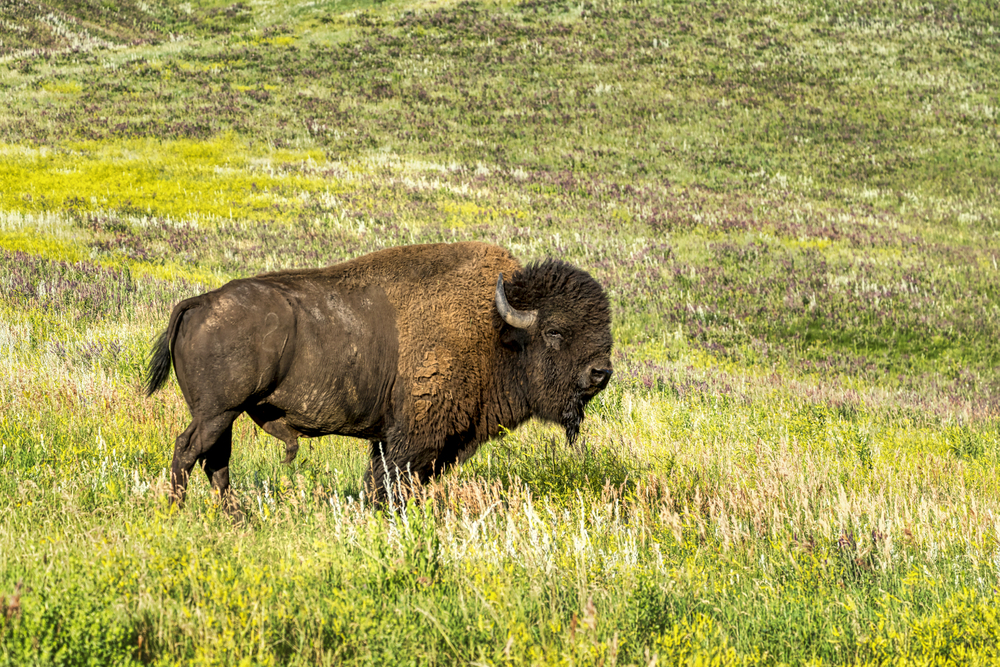
Despite being located in the northern Great Plains, Reptile Gardens maintains one of North America’s largest and most diverse collections of reptile species. The facility holds world records for its comprehensive reptile collection and provides educational experiences about reptile biology and natural history.
Their prairie habitat exhibits showcase the surprising diversity of lizards that call the American Midwest home.
Lincoln Park Zoo – Illinois

Chicago’s Lincoln Park Zoo’s Regenstein Small Mammal-Reptile House features an impressive array of lizard species, including Jamaican iguanas, black tree monitors, and northern blue-tongued skinks. The facility’s urban setting demonstrates how city-based zoos can educate millions of visitors about reptile conservation needs.
Their exhibit designs allow lizards to display natural behaviors in carefully crafted environments.
Like Travel Pug’s content? Follow us on MSN.
Minnesota Zoo – Minnesota
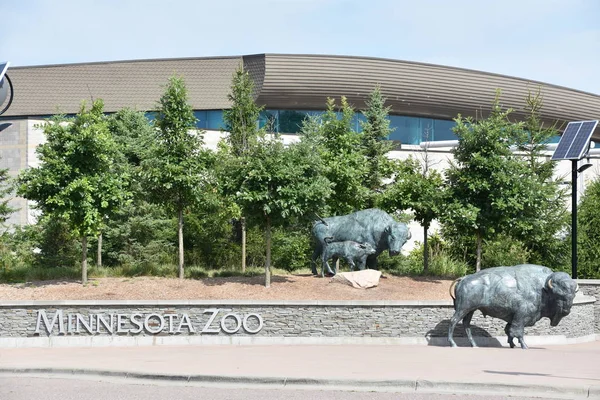
The Minnesota Zoo’s Tropics Trail houses reptile species from around the world in climate-controlled environments that recreate tropical conditions. Their focus on education helps visitors from cold climates understand the incredible diversity of reptile life in warmer regions.
The facility’s research partnerships contribute to understanding how northern climate species adapt to seasonal changes.
Taronga Zoo – Sydney, Australia
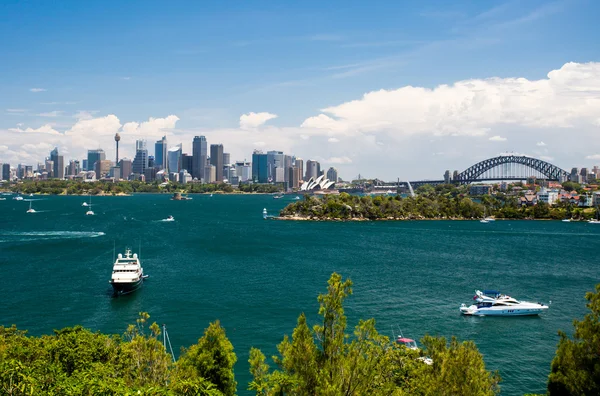
Taronga Zoo’s reptile department plays a crucial role in maintaining genetic diversity for Australian lizard species, including several that exist only on offshore islands. Their field research partnerships with Australian universities have produced vital data on how urbanization affects native reptile populations.
The zoo’s harbourside location provides stunning backdrops for exhibits that showcase Australia’s incredible lizard diversity.
Central Florida Zoo – Florida
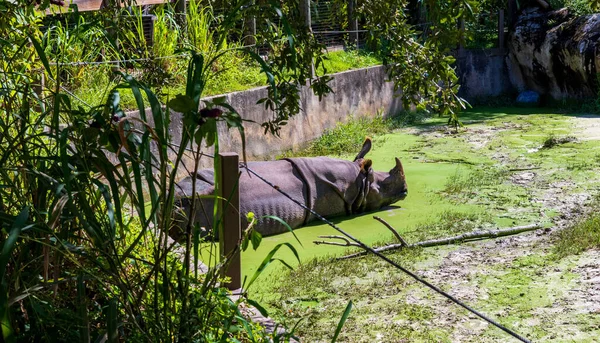
Located in one of North America’s most reptile-rich regions, Central Florida Zoo focuses on native species education and conservation awareness. Their exhibits feature local lizard species that visitors might encounter in their backyards, helping build appreciation for native wildlife.
The zoo’s proximity to natural habitats allows for unique educational opportunities about local ecosystem conservation.
Like Travel Pug’s content? Follow us on MSN.
From Curiosity Cabinets to Conservation Heroes
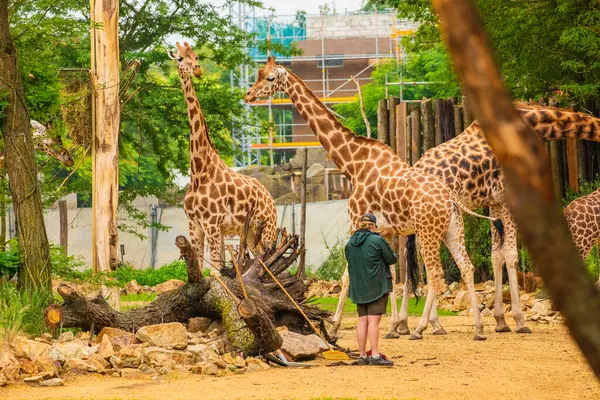
The transformation of reptile keeping from Victorian-era curiosity displays to modern conservation powerhouses reflects our growing understanding of these creatures’ ecological importance. These twenty facilities represent just a fraction of the institutions worldwide working to ensure that future generations will still marvel at the diversity of lizard life on our planet.
Their combined efforts create a global safety net for species facing extinction while inspiring millions of visitors to care about conservation. The next time you visit one of these remarkable places, remember that you’re not just observing animals – you’re supporting a worldwide network dedicated to preserving some of Earth’s most ancient and adaptable creatures.
More from Travel Pug

- 20 Best Beach Towns in the Carolinas
- 13 Destinations Where Tourists Regularly Regret Their Trip
- 20 Things You Actually Get in First Class
- 20 Small Airports With Aviation Museums
- 20 Places in the U.S. That Are Perfect for a Reset Trip
Like Travel Pug’s content? Follow us on MSN.
